Gears - The Unsung Heroes of Mechanical Systems
In the intricate world of mechanical engineering, gears are fundamental components that enable the seamless transfer and manipulation of power. Various types of gears, including internal gear, power output gear, rice machine four-axis gear, bevel gear, and large end gear, play distinct yet crucial roles in different machinery setups. Each gear type is designed with specific characteristics to meet the unique demands of its application, whether it's in industrial equipment, agricultural machinery, or other mechanical systems.
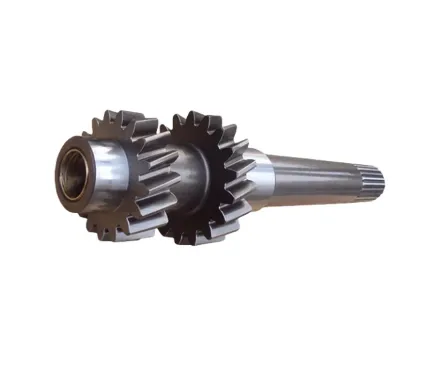
The Intricate Design and Function of Internal Gears
An internal gear features a unique configuration where the teeth are located on the inner surface of a ring - shaped component. This design allows for a compact and space - efficient power transmission solution. In certain automotive transmissions, internal gears are used to achieve a higher gear ratio within a limited space. They mesh with external gears, typically a pinion gear, to transfer rotational motion. The meshing of an internal gear and an external gear results in a smooth and continuous power transfer, reducing noise and vibration. The shape and tooth profile of internal gears are carefully engineered to ensure proper load distribution and minimize wear, enhancing the overall durability and efficiency of the mechanical system they are part of.
Power Output Gears: The Final Link in Power Transmission
The power output gear serves as the critical component that delivers the mechanical power generated by a system to the desired output device. In engines, for example, the power output gear is connected to the crankshaft and transfers the rotational energy to other parts of the machinery, such as the wheels in a vehicle or the working components of industrial equipment. The design of a power output gear must take into account factors like torque capacity, speed requirements, and the type of connection to the output device. A well - designed power output gear ensures that the power is transferred efficiently without significant losses, optimizing the performance of the entire mechanical system. It often needs to withstand high levels of stress and wear, making material selection and manufacturing precision crucial for its reliable operation.
Rice Machine Four - Axis Gear: Tailored for Agricultural Machinery
The rice machine four - axis gear is specifically developed for rice processing machinery, which is essential in the agricultural industry. This type of gear is part of a four - axis system that coordinates the movement of various components within the rice machine, such as the threshing, cleaning, and milling parts. The rice machine four - axis gear is designed to handle the specific loads and speeds required for rice processing tasks. It ensures that the different axes of the machine work in harmony, facilitating the efficient separation of grains from the stalks, removal of impurities, and milling of rice into the desired product. The gear's durability is crucial in an agricultural setting, where it may be exposed to dust, moisture, and varying operating conditions. Regular maintenance and proper design of the rice machine four - axis gear are necessary to keep the rice machine running smoothly and to maintain high productivity in rice processing operations.
Bevel Gears: Enabling Angular Power Transmission
Bevel gears are known for their ability to transmit power between two intersecting shafts, typically at a 90 - degree angle, although other angles are also possible. This makes them ideal for applications where a change in the direction of rotational motion is required. In machinery such as automotive differentials, bevel gears are used to distribute power from the drive shaft to the wheels, allowing the vehicle to turn smoothly. The tooth profile of bevel gears is conical, which enables them to mesh properly and transfer power efficiently at the desired angle. They are often precision - cut to ensure accurate meshing and minimal backlash, reducing energy losses and noise. The strength and durability of bevel gears are critical, as they must withstand the high torque and forces generated during operation, especially in heavy - duty applications.
Large End Gears: Handling High - Load Applications
Large end gears are designed to handle significant loads and are often found in heavy - duty machinery and industrial equipment. Their larger size allows them to distribute loads over a greater surface area, reducing stress concentrations and wear. In construction equipment like cranes, large end gears are used in the lifting mechanism to transmit the high torque required to lift heavy objects. These gears are typically made from high - strength materials, such as alloy steels, and undergo heat - treatment processes to enhance their hardness and durability. The design of large end gears also takes into account factors like gear ratio, tooth strength, and meshing efficiency to ensure reliable operation under heavy - load conditions. Their proper functioning is essential for the safety and performance of the machinery they are installed in, as any failure of a large end gear could lead to catastrophic consequences in high - load applications.
FAQs about Gears
How to Select the Right Gear for a Specific Application?
Selecting the appropriate gear, whether it's an internal gear, power output gear, or any other type, requires considering several factors. First, determine the power requirements, including torque and speed, of the application. For high - torque applications, gears with larger tooth profiles and stronger materials may be needed. The direction of power transmission and the angle between shafts also play a role; bevel gears are suitable for angular transmission, while other gears may be better for parallel - shaft setups. Additionally, the space available for the gear within the machinery, the expected operating conditions (such as temperature, humidity, and dust), and the cost - effectiveness of the gear all need to be evaluated.
What Are the Common Causes of Gear Wear and Failure?
Gear wear and failure can occur due to multiple reasons. Improper lubrication is a significant factor, as it leads to increased friction between the gear teeth, causing excessive wear over time. Overloading the gears beyond their rated capacity can also result in tooth breakage or excessive deformation. Incorrect alignment of gears during installation can lead to uneven meshing, which causes premature wear on certain areas of the teeth. Contamination, such as the presence of dirt, debris, or metal particles in the gearbox, can also damage the gear surfaces. Additionally, material fatigue due to repeated stress cycles can cause cracks to form in the gears, eventually leading to failure.
How Can Gear Maintenance Extend Their Lifespan?
Regular gear maintenance is crucial for extending the lifespan of gears. This includes ensuring proper lubrication by using the right type and amount of lubricant and changing it at the recommended intervals. Periodically inspecting the gears for signs of wear, such as tooth surface pitting, cracks, or excessive clearance, allows for early detection of potential problems. Adjusting the gear alignment if necessary helps to ensure even meshing and reduces wear. Keeping the gearbox clean and free from contaminants is also important. In addition, following the manufacturer's guidelines for operating the machinery, avoiding overloading the gears, and performing regular maintenance checks on related components can all contribute to the longevity of gears.
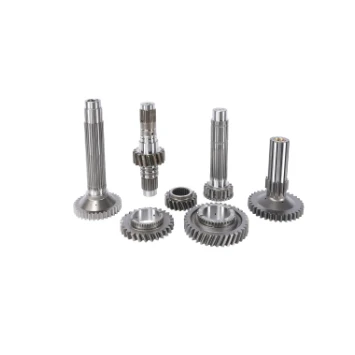
The agricultural and industrial machinery sector is experiencing remarkable growth, and at the heart of this expansion lies the trade and supply of tractors.
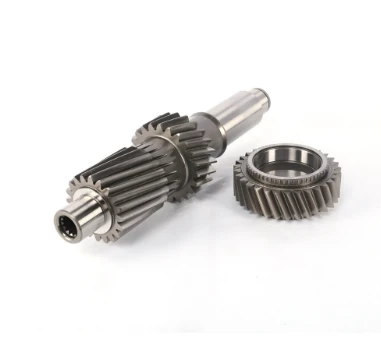
In the world of heavy - duty construction, the seamless operation of machinery is crucial for large - scale projects.
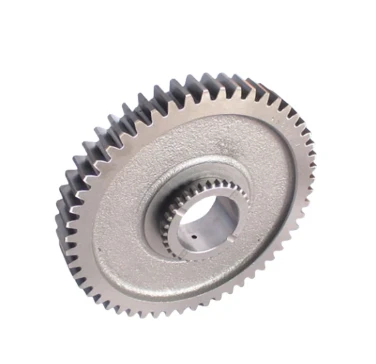
The world of tractors is vast and varied, catering to both practical agricultural needs and the passionate interests of collectors.
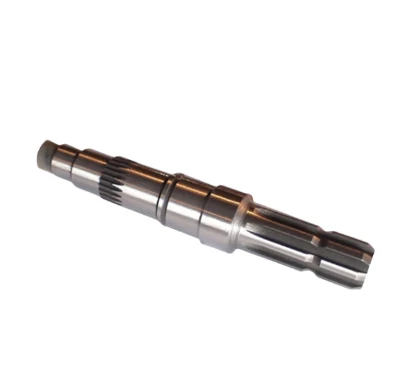
The agricultural and construction machinery landscape is constantly evolving, with tractors standing as essential workhorses for a variety of tasks.
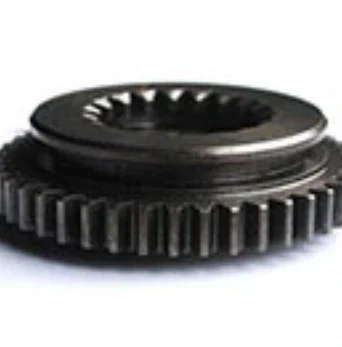
The market for tractors is a bustling hub, catering to a wide range of needs from large - scale farming operations to small - scale gardening projects.
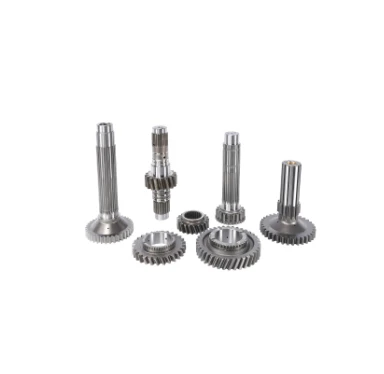
In the dynamic world of farming, machinery has become an essential part of efficient and productive operations.
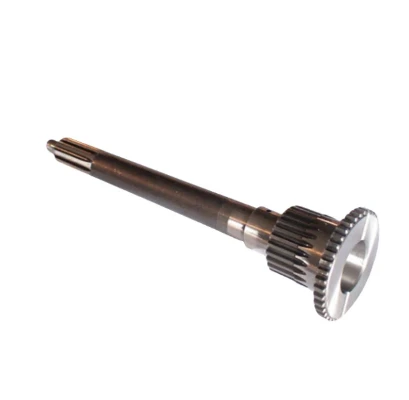
In the expansive realm of agriculture, various tools and machines play crucial roles in ensuring efficient crop production and overall farm management.
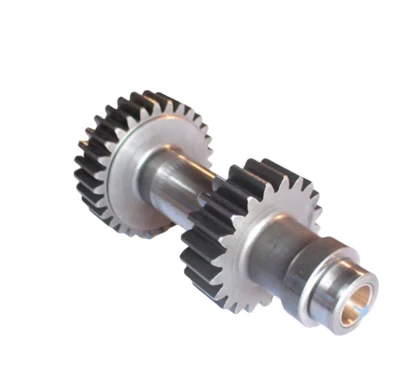
Tractors are essential workhorses in the agricultural and construction sectors, playing a pivotal role in a wide range of tasks.
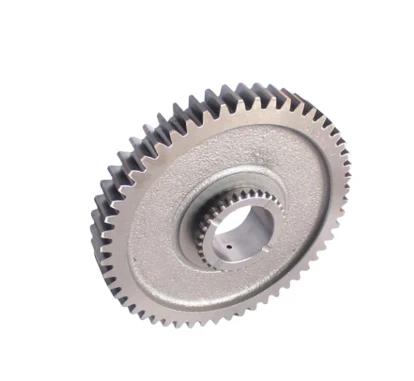
The agricultural and construction sectors rely heavily on tractors for their operations, and the entities involved in the production, distribution, and pricing of these machines shape the industry's trajectory.
International layout
Spread all over the world
our products are exported to various parts of the world. Currently, our products have been exported to more than 40 countries Our products cover Asia, Europe, Africa, South America, North America, and Oceania
Sign up
for Newsletter
Subscribe to the weekly newsletter for all the latest updates







